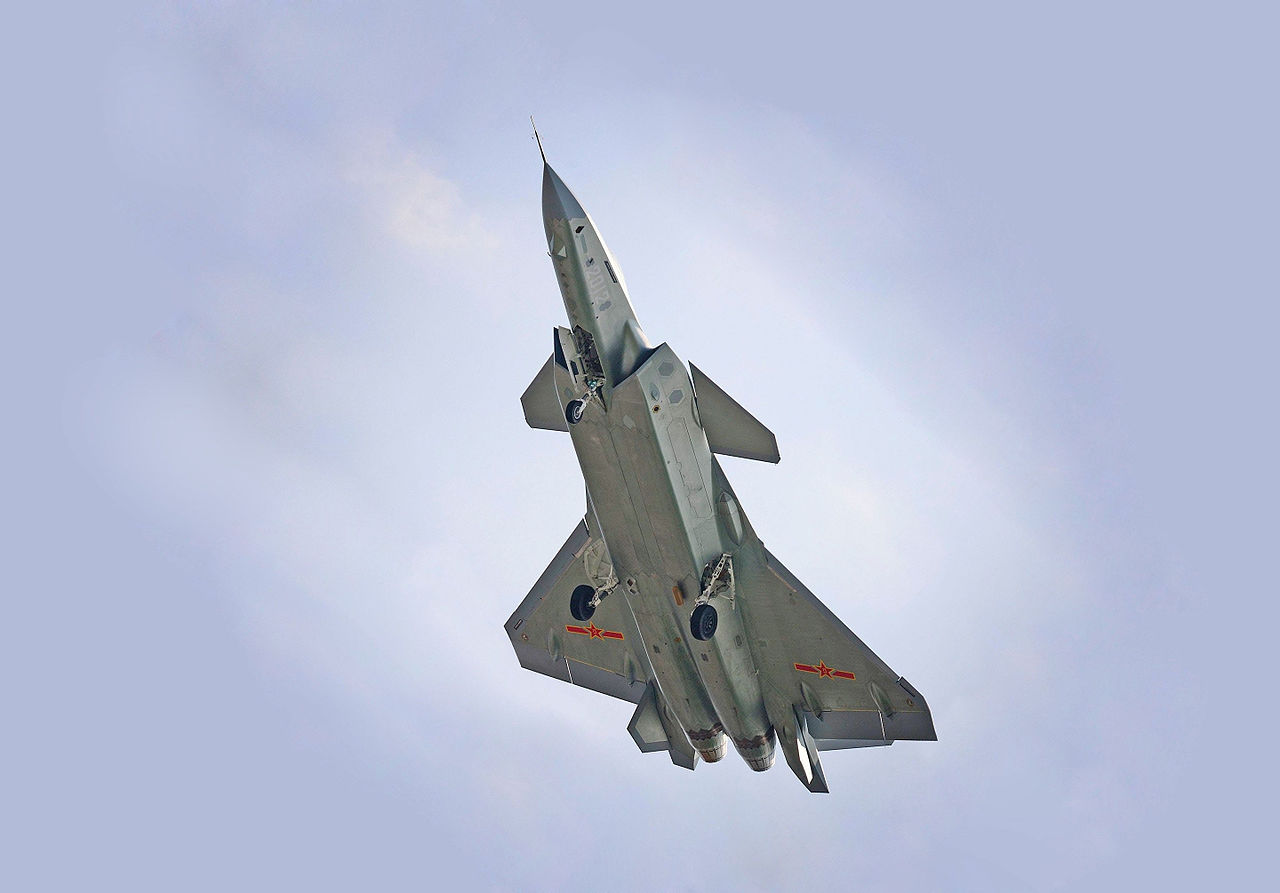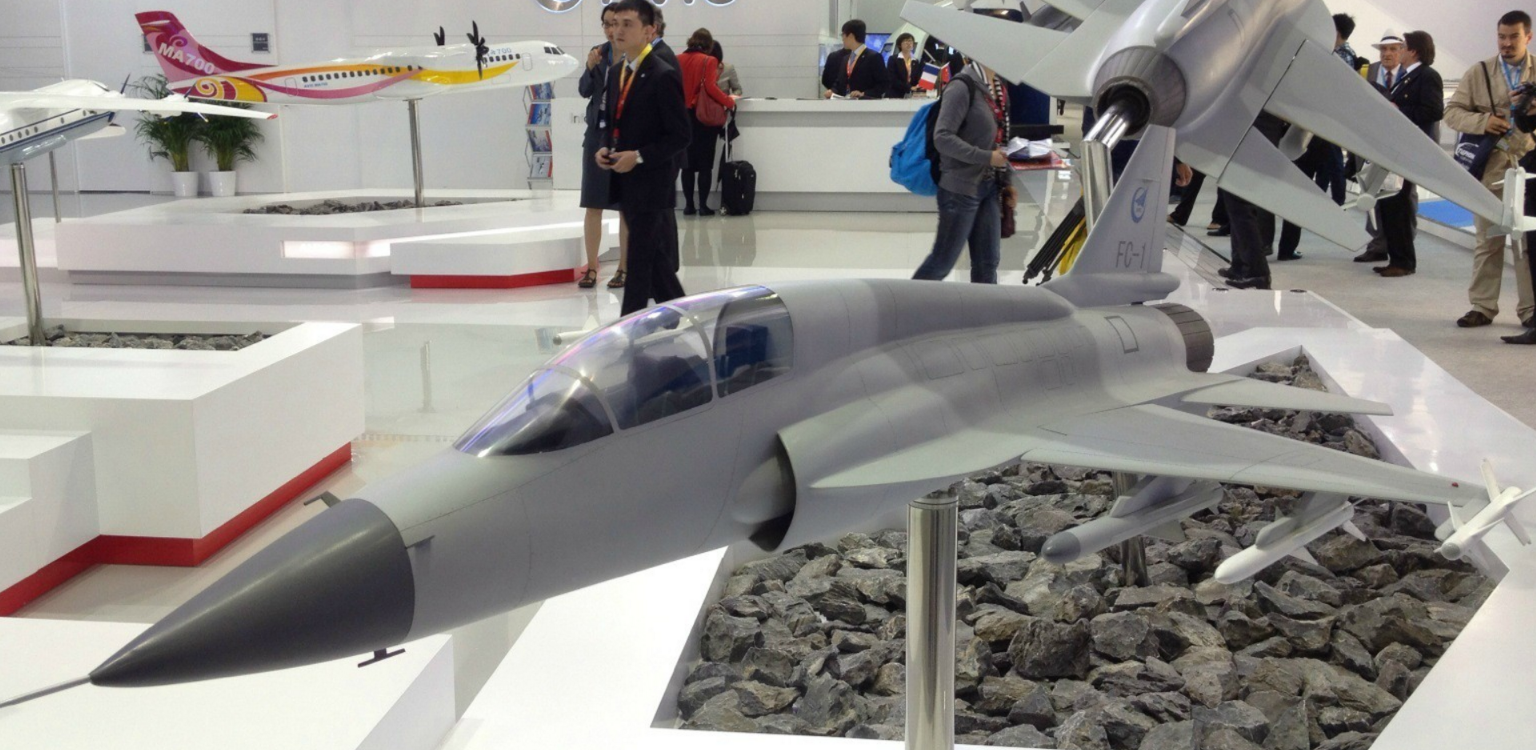2221Views 9Comments

J-20 put through combat exercises with other PLAAF fighters
The People’s Liberation Army Air Force (PLAAF) announced that its fifth-generation fighter, the Chengdu Aircraft Industry Group (CAIG) J-20, participated in combat exercises along with other PLAAF fighters.
Reported by the state-owned China Daily, the J-20 undertook a series of tasks, including beyond-visual-range (BVR) air-to-air engagement with the PLAAF’s J-16 and J-10C, which are produced by the Shenyang Aircraft Corporation (SAC) and CAIG, respectively.
This marks the first official announcement of the J-20 being fielded following the fighter’s commissioning announcement in October 2017. China Central TV (CCTV) Channel 4 had also stated that the J-20 entered serial production, in which the PLAAF could procure at least 100 fighters (IHS Jane’s Defence Weekly).
Official specifications of the J-20 are not available, but it is a twin engine heavyweight aircraft designed to undertake long-range air-to-air and potentially air-to-surface operations. Powered by two 13+ ton-class turbofan engines, it could have a sizable payload capacity with long-range and long-endurance flight.
In parallel to the J-20, the Aviation Industry Corporation of China’s (AVIC) other leading fighter producer, SAC, is developing the FC-31 Gyrfalcon for the export market. This is a smaller and lighter-weight design than the J-20, optimized to be a multi-role platform built on two 9-10+ ton turbofan engines.
While meant for foreign users, AVIC had expressed interest in 2015 to secure domestic customers for the FC-31 – i.e. from the PLAAF and/or the People’s Liberation Army Navy (PLAN).
However, while beginning to induct the J-20, the mainstay of the PLAAF and PLAN’s procurements are tied to the J-10C and the J-11BS/J-15/J-16-series of localized Sukhoi Flankers.
The latter are benefitting from China’s research and development (R&D) work for the J-20 and FC-31, specifically in terms of radars, electronic warfare and electronic countermeasures, avionics and air-to-air as well as air-to-surface munitions. The serial production of the J-10C and J-15 et. al will remain in place for the foreseeable future, reinforcing their presence as the workhorses of the PLAAF and PLAN.
However, with China’s surrounding region now actively phasing into fifth-generation fighters – most notably the F-35 Lightning II – the J-20 and FC-31 will gradually gain prominence in line with those trends.



9 Comments
by Shershahsuri
How is this in thrust vectoring and supercruise?
by Joseph
I think J-20 can do both somewhat but not exceptional.
There are rumors that China is testing thrust vectoring on J-10 and J-20 using WS-10 recently, but very little is known. I think after flying Su-35, China gained some experience on flight control of thrust vectoring and starting to put their own vectoring technology into practice. Turning the nozzles of engines is easy but how that affects the aircraft is something requires experience.
There are rumors that J-20 can do low supersonic cruise at around mach 1.2 using the latest WS-10, but no official information of course. It is expected to cruise at mach 1.8 when WS-15 is ready, but that could still be few years at least (current estimate is around 2020, but we will see).
The most notable weakness of J-20 is it’s engines, that is why it’s super cruise ability is nowhere near F-22 and Su-57 (with the new engines), but F-35 can’t super cruise, does not have thrust vectoring other than for take off and landing, still undoubtedly a 5th generation aircraft. Stealth is what counts for 5th generation aircraft and the front stealth of J-20 is considered excellent, on par with F-22 and superior than F-35.
The most notable strength of J-20 I think is it’s range. Of course no official information is given but aviation exports estimated, based on it’s size and shape, it has a combat radius of 2000+ km on internal fuel, which I think is enough to cover south China sea without air fueling.
A stealth aircraft of such range is kind of terrifying and I think that is why China is not exporting it.
by Jigsaw
Don’t think it can do either. Primarily a radar evading stealth design with potent EW capability and a poor engine. Intended mission seems to be deep penetration and long range engagements.
by Shariq Shakil
Good question… Plus what are prospects for Pakistan in this news. Only heard about their interest in FC-31. Hope @bilal answers to concerns
by Aizad Sayid
Pakistan is not in line to receive these aircraft from China. However, if this fighter aircraft is fully able to realize it’s potential, even 3 squadrons would be enough to neutralize IAF!
by Khan Majeed
There is no thrust vectoring because it is not a close up dog fighter
by Muhammad Abdul Rehman Jajja
They are developing their own version of PakFA 50. Worrying situation is for Pakistan as no one is willing to give us even 4+ gen fighters
by Shafiq Ahmed
what are the prospects of Pakistan getting these air crafts in future Mr Bilal??
by John Nobody
In my opinion Pakistan will be more interested in J-31. PAF will probably let China learn from J-20 experience and develop a better product before they consider placing order which means we are about 8-10 years out.